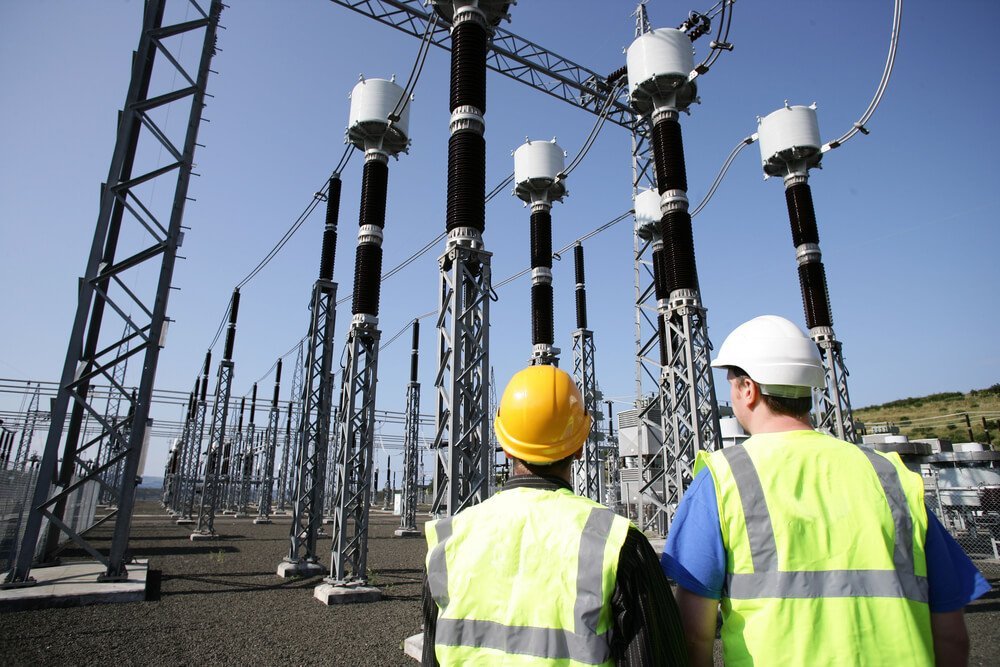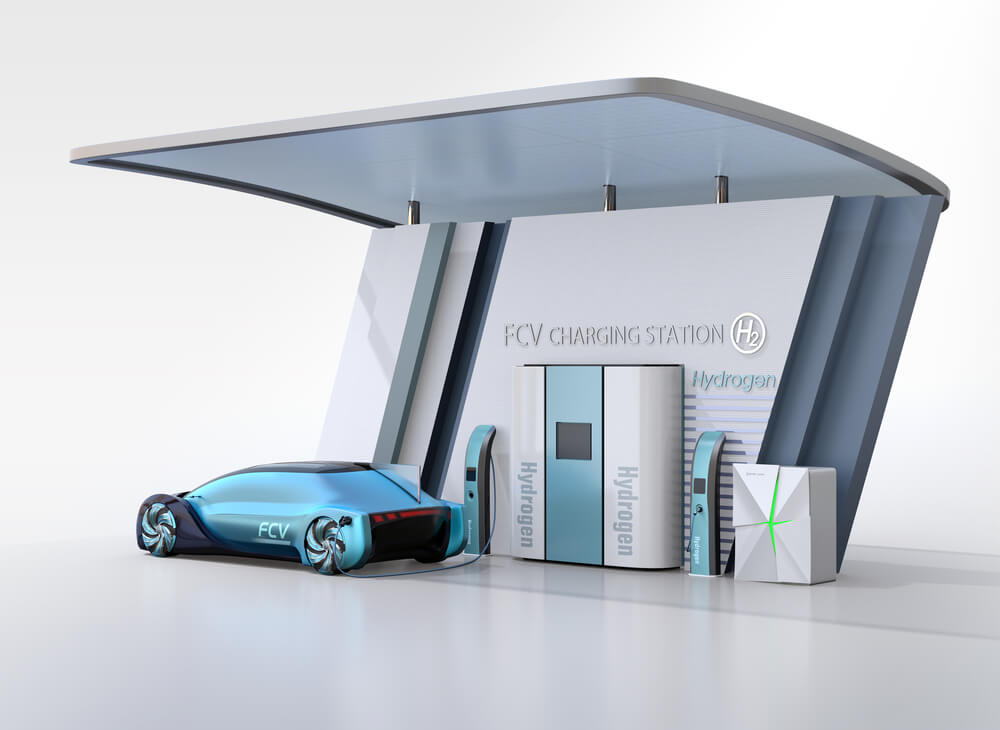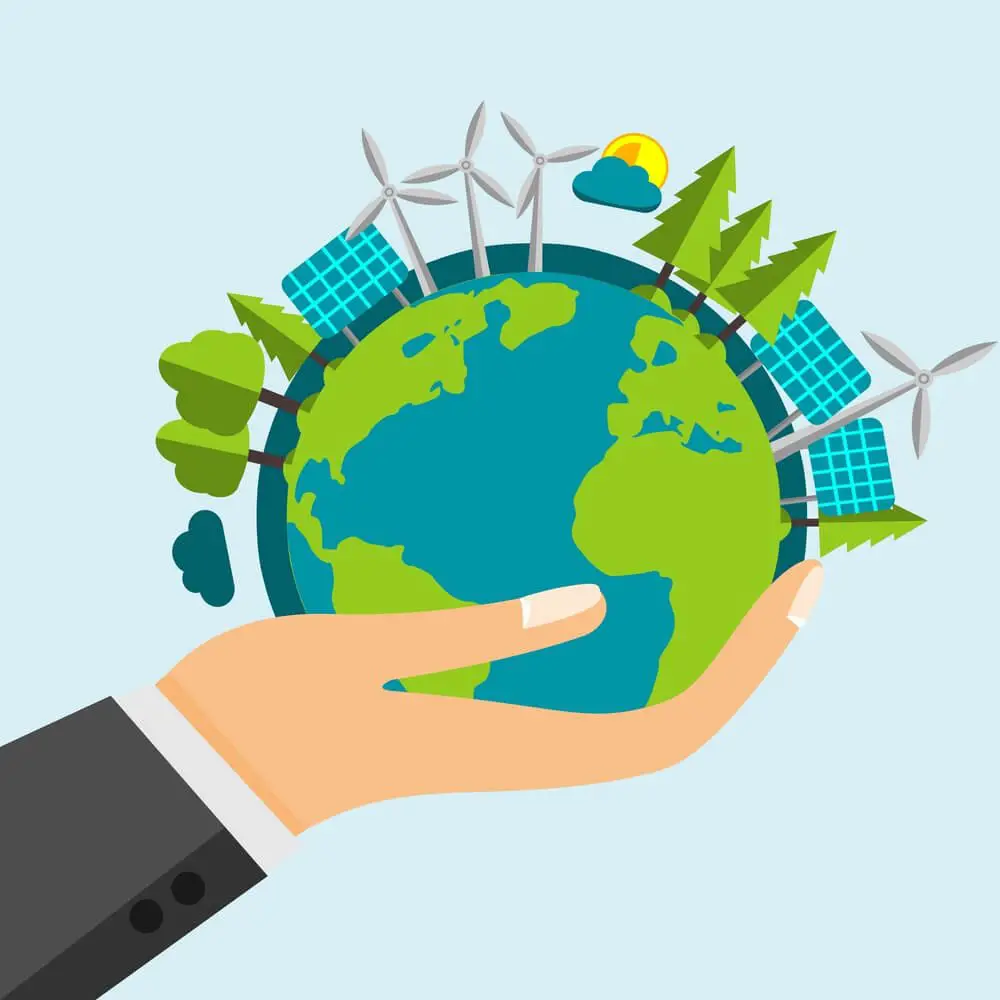When considering the impact of renewable energy and its implementation in businesses, government, and everyday households, one must question whether they are a substantial addition to our lives or not.
Will renewable energy make a difference?
Will it cost too much to build the new technologies?
Will normalizing renewable energy practices help the environment?
These are only a few questions of the multitudes that people are asking themselves worldwide.
People are asking themselves these questions because studies confirm that fossil fuels are placing a heavy burden on our environment; thus, we must find an alternative.
This brings about the question: why are fossil fuels bad for the environment?
FOSSIL FUELS
Most of the world’s energy comes from materials that were formed hundreds of millions of years ago.
These materials are called fossil fuels. They are natural resources created by the Earth.
Fossil fuels include:
- Coal
- Oil
- Natural Gas
These natural resources generate most of the energy that power our lights, run our cars, and make our businesses function.
Fossil fuels were formed from the fossilized, buried remains of plants and animals that lived millions of years ago, and we are still attempting to exhaust their resources to fuel our lives today.
Fossil fuels are made from the decomposition of plants and animals over millions of years, which means they have a high carbon content.
While fossil fuels are burned, they release carbon dioxide and other greenhouse gases that trap heat in our atmosphere, making them the primary contributors to global warming and climate change.
Coal, oil, and natural gas each contribute to destroying our environment uniquely, so let’s break it down.
COAL
Coal is a sedimentary rock that ranges from crumbly in composition to relatively hard.
Coal is mined either at the surface or through underground methods, and the process of mining it is detrimental to our ecosystems.
Coal is used to fuel our day-to-day ventures. It supplies ⅓ of all energy worldwide.
It is also the most carbon-intensive fossil fuel humans can use.
According to National Geographic, “Carbon dioxide emissions from burning coal accounts for 44% of the world total, and it is the biggest single source of the global temperature increase above pre-industrial levels” (Nunez).
Thankfully, the use of coal has declined because of environmental consequences and the competition from cheap natural gas.
OIL
Oil is the world’s primary source of fuel.
Crude oil, also known as petroleum, is a fossil fuel that is primarily made of hydrocarbons.
Oil is found in underground reservoirs or in the tar sands near the Earth’s surface.
It is accessed by drilling or by strip mining.
Once the oil is extracted from the Earth, it is transported to refineries by train, truck, supertanker, or pipeline to be transformed into usable fuels.
These usable fuels include:
- Propane
- Gasoline
- Kerosine
- jet fuel.
Not only is the oil used to make these fuels, but it is also used to make products such as:
- Plastic
- Pesticides
- Pharmaceuticals
- paint.
Although cleaner-running vehicles and fuel efficiency standards have decreased oil consumption, extracting oil has increased and become more controversial.
Production growth in the extraction of oil is booming because of improvements in horizontal drilling and hydraulic fracturing.
- Horizontal drilling creates a process in which more oil and gas can be reached from a single well.
- Hydraulic fracturing, also known as fracking, is when oil is extracted from the unyielding rock. Fracking is a highly controversial process because it creates a host of environmental and health problems, including air and water pollution.
NATURAL GAS
Natural gas generates energy for electricity and heat for buildings.
It is primarily composed of methane and was created from decomposed organic matter from ancient marine microorganisms.
One crucial factor to consider is that methane is 20 times more potent than carbon dioxide, which means its use is more detrimental to the environment.
Natural gas burns cleaner than oil and coal because it has almost zero sulfur dioxide emissions and far fewer nitrogen oxide emissions.
Natural gas is still responsible for a large outtake of greenhouse gas emissions, though.
Not only was it created millions of years ago from decomposed organisms, but the decomposition of municipal waste also generates it in landfills and manure from livestock production, which is where the methane derives from.
CURRENT COMFORT LEVELS WILL EVENTUALLY DECREASE AS THE MATERIALS RUN OUT
All three of these fossil fuels help make the world a comfortable living space for humans because they fuel our lives, but the long-term effects due to their overuse will cause an uncomfortable future.
This is where renewable energy sources come into play.
Governments worldwide are joining in on how to decrease the use of fossil fuels that create greenhouse gas emissions.
The debate has led to the implementation of renewable energy sources.
RENEWABLE ENERGY
Renewable energy often referred to as clean energy, comes from natural sources or constantly replenished processes.
Renewable resources are virtually inexhaustible in duration but limited in the amount of available energy per unit of time.
The most common renewable energy technologies include:
- Hydropower
- wind energy
- geothermal power
- solar energy
- biomass energy.
They are knowing how each of these renewable resources works is crucial to understanding the difference in their effects on the environment versus fossil fuels.
HYDROPOWER
Hydropower uses the energy of running water, without reducing its quantity, to produce electricity.
If you look back in history, using the energy from the flow of rivers and streams to produce energy has been around forever.
Hydropower plants do not emit the harmful environmental effects that fossil fuel-driven facilities do.
They also do not let off the waste, heat, and gases that are significant contributors to air pollution, global warming, and acid rain.
They do not emit harmful chemicals and heat, and they also do not require the mining and drilling needed for acquiring fossil fuels.
Another factor supporting using hydropower is that most countries have a water source; thus, each country can produce its energy without being reliant on any other international basis.
This factor is common with renewable resources, unlike fossil fuels.
WIND ENERGY
The wind is caused by uneven heating of the Earth’s surface by the sun.
The Earth’s surface is made up of both land and water, which means it absorbs heat at different rates, creating wind.
This wind is then used as a renewable energy source to produce electricity.
Wind energy captures natural airflow and converts it into mechanical energy.
Wind speeds are different based on geography, topography, and season.
As a result, some places are better suited for capturing wind energy to create electricity.
The production of electricity from wind energy does not directly emit carbon or air pollutants, nor does it consume water.
Overall, the wind has relatively low operation and maintenance costs after initially constructing the devices that convert the current into energy.
There are downsides to wind energy, though.
Wind speeds vary throughout the day and the year, causing this renewable energy source to be inconsistent, causing electricity flow issues for power grids.
The machinery primarily used to convert wind energy into electricity is called a turbine.
Turbines are tall structures with several spinning blades connected to an electromagnetic generator that generates electricity when the wind pushes the edges in a spinning motion.
When traveling through the flat fields of the countryside, you will often see these structures dotted along the fields powering the surrounding communities and beyond.
GEOTHERMAL POWER
Geothermal energy comes from the heat inside of the Earth.
This heat can be used to produce electricity, to heat homes, and to provide hot water.
Geothermal energy is vital because it is the only renewable form of thermal energy.
Accessing geothermal energy is done by finding geothermal reservoirs near the Earth’s surface.
To find these, exploratory wells are drilled in search of reservoirs.
Once a reservoir is located, production wells are drilled down to bring the hot water and steam to the surface.
The hot water and steam that are brought to the surface are then used to generate electricity at power plants close to the production wells.
After the electricity is generated from the hot water and steam, injection wells return the used geothermal fluids to the underground reservoir.
Unlike most other renewable resources, geothermal power is not dependent on weather conditions.
Another advantage of geothermal energy is that the power plants that convert the geothermal energy into electricity run consistently because weather conditions do not hold them back.
SOLAR ENERGY
Solar energy is energy from the sun in the form of solar radiation.
The sun radiates an enormous amount of energy every day, so why not harness it to create energy to use in our everyday lives?
Whereas fossil fuels are finite, solar energy is inexhaustible.
It can be used for heating water, heating space, and generating electrical energy.
The sun provides more than enough energy to meet the whole world’s energy needs, and it does not look like it will run out anytime soon.
The only limitation we are met with when considering solar energy is our ability to harness it and turn it into electricity efficiently and cost-effectively.
There are three main ways to harness the sun’s energy:
- solar heating
- solar photovoltaic
- solar thermal electricity.
Solar heating comes in two forms: active solar energy and passive solar energy.
Active solar energy technologies, commonly thought about when considering renewable energy, are mechanical devices that actively convert solar energy into another form of energy.
Active solar energy products typically include solar panels. Passive solar technologies do not use any external devices to convert the energy.
Passive solar energy products include things such as south-facing windows or shades on the house.
Solar photovoltaic is a process in which materials sensitive to the sun’s radiant energy are used to harness its energy to produce electricity.
The sun’s energy can be directly converted using photovoltaic cells, also known as solar cells.
Solar thermal or heat energy is used primarily for heating water for domestic use.
Using the sun’s energy to heat up water, we cut down on the number of fossil fuels used to do the same activity.
This creates a more sustainable process. Not only is solar thermal energy used for domestic water heaters, but it is now developing further and being used to produce steam at high enough temperatures and pressures to drive steam turbines for electricity generators.
BIOMASS ENERGY
Simply put, biomass energy is the energy derived from plants and animals.
The largest biomass energy source is wood, which has been used for generations upon generations.
Other biomass energy sources include:
- Food crops
- Grassy and woody plants
- Residues from agriculture or forestry
- Oil-rich algae.
- The organic component of municipal and industrial wastes.
Speaking of waste, even the fumes from landfills can are used as a biomass energy source.
The energy we obtain from biomass can be converted into fuels, power production, and products that would otherwise be made from harmful fossil fuels.
Biomass contains energy that was first derived from the sun. Plants absorb the sun’s energy through photosynthesis, then convert carbon dioxide and water into nutrients.
A BRIEF COMPARISON
Renewable energy comes from natural resources that can be replenished in an average person’s lifetime, whereas fossil fuels can take thousands- or even millions- of years to replenish naturally.
Now don’t get it wrong; renewable resources are not perfect.
Both biomass and natural gas emit carbon dioxide into the atmosphere, which is not ideal, but they are suitable for the environment, especially when compared to the overuse of fossil fuels that we partake in today.
The cost of implementing renewable energy is also falling significantly over the past few years, not only for energy producers but also for households.
As we promote the use of renewable energy, the technologies will become more prevalent, in turn driving the cost down.
Not only that, renewable sources such as wind and sunlight are free, unlike coal.
If you put in the initial cost for the technology used to convert the energy, you are set.
The more we take the time to grasp the opportunity to pave the way for a more sustainable future through renewable energies, the more we will tackle the issues and questions that arise.
It is time to save money for the consumer and the planet long term.




